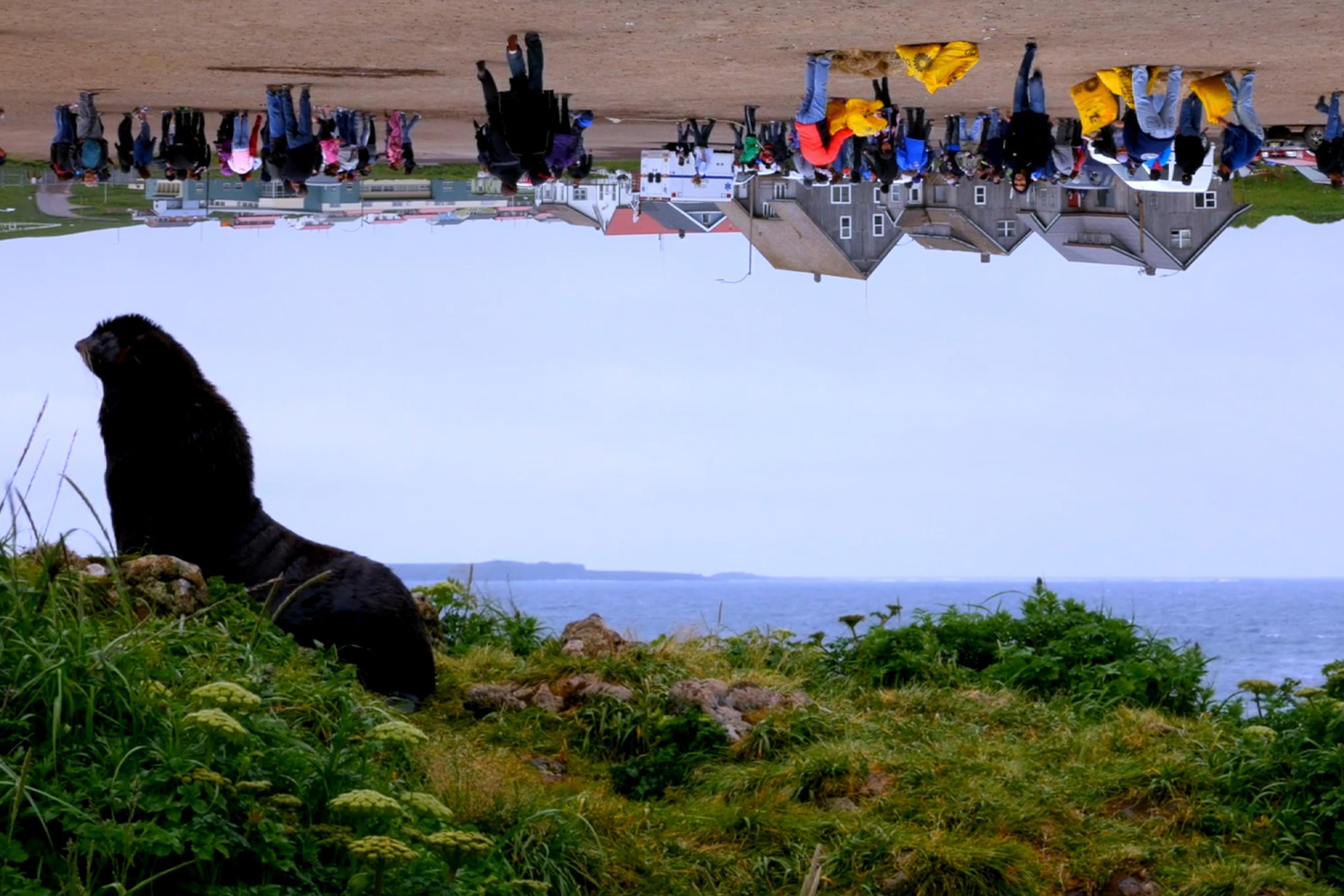Antigua was named by Christopher Columbus (supposedly after the chapel Santa María de la Antigua in Seville Cathedral in Spain) when he landed on the Caribbean island in 1493. The name stuck through more than three centuries of British colonisation from 1632-1981, and the island continues to bear it today as part of the nation of Antigua and Barbuda. The native people, however, often call it by its Indigenous Arawak name Wadadli, or ‘Dadli’ for short – from which the filmmaker Shabier Kirchner derived the title of this impressionistic portrait of his home island.
This split – between the island as experienced by outsiders, and by those who call it home – is omnipresent in Kirchner’s film, even as it’s barely addressed by the local voices who narrate. Tourism drives the island’s economy – massive cruise ships hover in and out of a port at the capital city of St John’s with the predictability and regularity of tides. They’re a slow-moving part of the local landscape from the vantage of the nearby neighbourhood known as ‘the Point’, which is both metres and a world away from where tourists disembark, shuffle through fixed routes, and embark again a few hours later.
Tiquan, the 13-year-old at the centre of Dadli, comments that the ships are ‘big and full of white people’, and mentions offering horseback riding tours in the summer – which, at €5 (or just over $5), most tourists deem too expensive. But his life in the Point, as lyrically documented by Kirchner, is more focused by the many freedoms that his side of the bay affords him – smoking marijuana, riding his beloved donkey, fishing and hunting wild animals around the island, and spending time alone in the countryside.
There’s a dreamlike undercurrent to the proceedings, heightened by grainy 16mm film texture and a vivid colour palette. As a meandering-yet-kinetic perspective rounds back-alley corners, capturing men pouring drinks or girls braiding hair, narrators change and musical interludes shift abruptly – sometimes to disorienting effect. Through this stream-of-consciousness style, Kirchner seems to evoke a local spirit and a pace of life not easily contained in just 14 minutes of film – or a day tour.
Written by Adam D’Arpino







